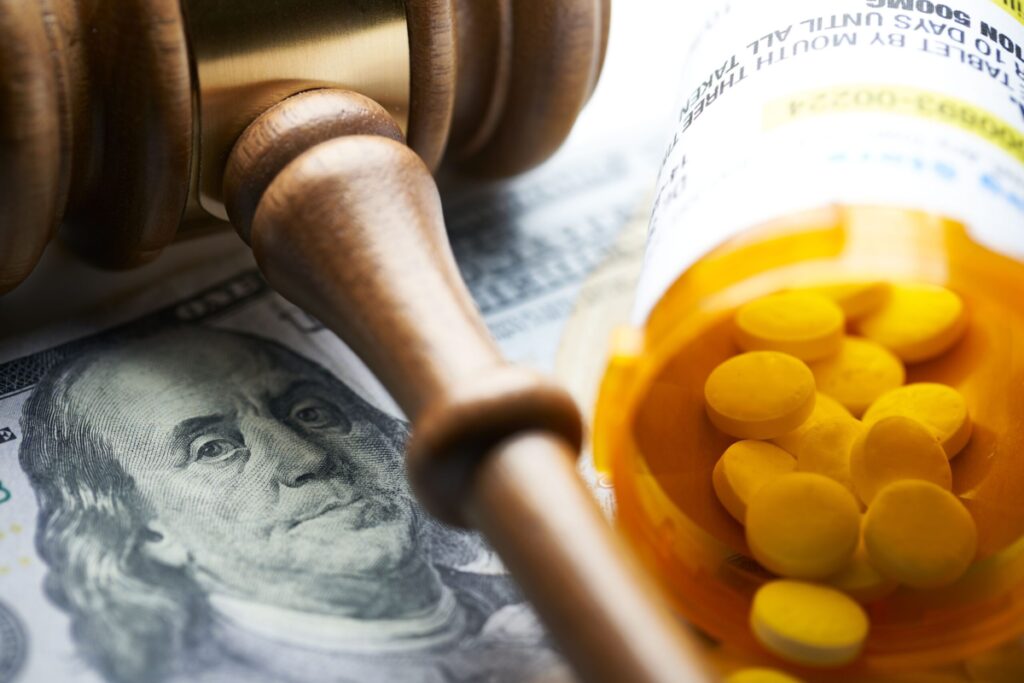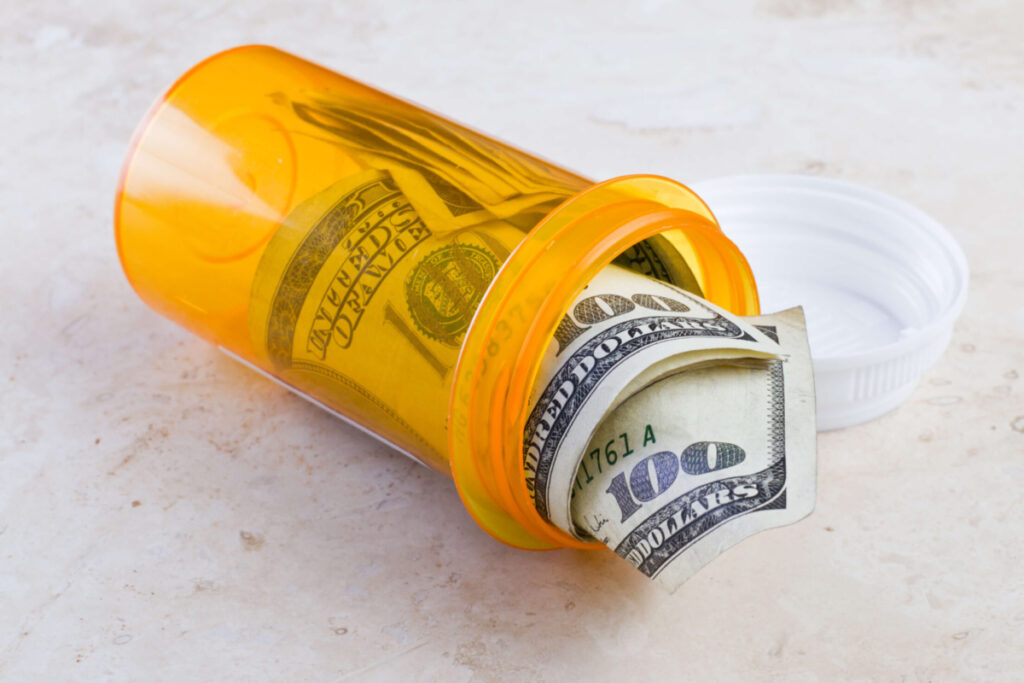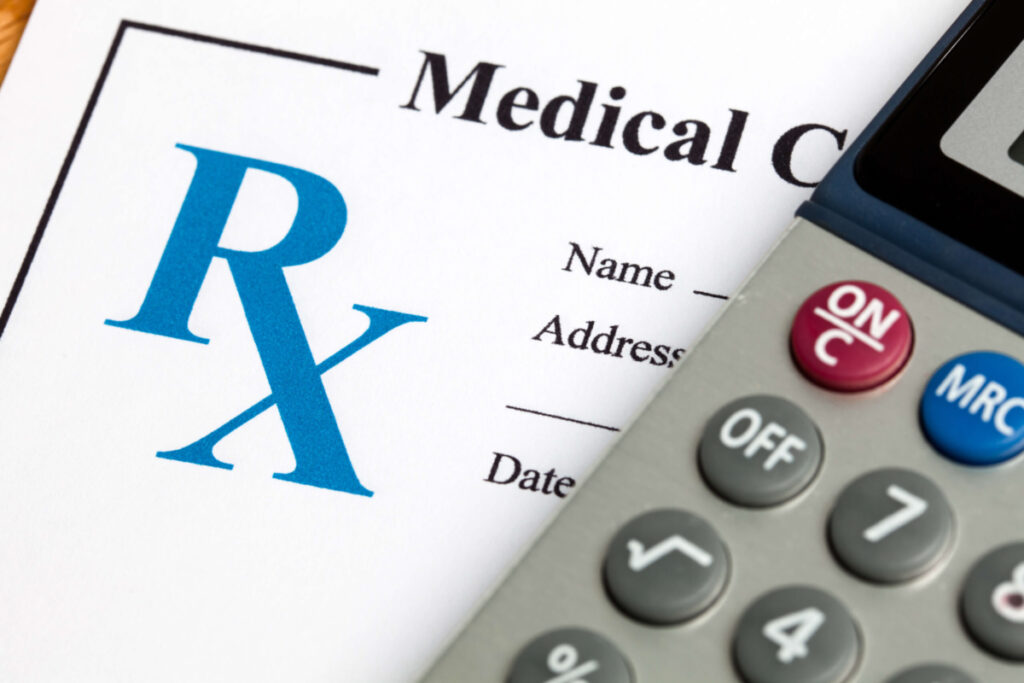What is this model designed to do?
This model fines pharmaceutical manufacturers for certain price increases that are unsupported by clinical evidence and uses that revenue to provide cost assistance to consumers. The model impacts frequently prescribed, high-cost drugs, such as Humira, whose price doubled from $19,000 to $38,000 between 2012 and 2018. The law is designed to minimize administrative burden of implementation by states.
How does this model address drug price hikes?
This model act uses an existing, publicly available data source to enable a state to easily identify and penalize manufacturers that are significantly increasing drug prices without adequate justification for those price hikes.
Penalties are directed at manufacturers:
- That increase the wholesale acquisition cost for a prescription drug at least twice the rate of inflation over two years;
- Whose net price increases are responsible for the largest increases in drug spending; and
- That have insufficient or no new clinical evidence to justify those price increases.
Manufacturers are required to pay the state a per unit penalty of 80 percent of the unsupported price increase on all units of the drug sold in the state over the past year. The penalty is calculated based on the wholesale acquisition cost, or list price, set by the manufacturer and is applied for two years before sunsetting.
What happens with the revenue generated by the penalties?
Revenues generated by the penalties will be used to offset costs to consumers and to defray costs to the state for implementing the act.
What is an unsupported price increase?
The Institute for Clinical and Economic Research (ICER) publishes an annual report on unsupported price increases. For this report, ICER first reviews drugs with net price increases over the past 24 months that exceed two-times the medical consumer price index. ICER then uses revenue figures for each drug to prioritize those drugs whose net price increases contribute the most to spending increases at the national level by all payers. The methodology also allows states and the public to nominate drugs for review and allows manufacturers to address potential discrepancies in pricing data. Using this methodology, ICER prioritized nine drugs for review in 2019, based on pricing data from 2017-2018, and found that seven of the nine had substantial price increases that were unsupported by adequate new clinical evidence regarding safety or efficacy.
What drugs have had unsupported price increases in the past? What has the impact of those price increases been on spending?
Using the methodology described above, in its 2019 report ICER identified seven drugs with unsupported price increases: Humira, Lyrica, Truvada, Rituxan, Neulasta, Cialis, and Tecfidera. All seven of these drugs also appeared on lists of drugs with the highest total costs and/or highest total cost growth published by states with drug price transparency laws. According to ICER, the net unsupported price increases for these seven drugs was $4.8 billion over the past two years across the United States.
How does a state identify an unsupported price increase and an appropriate penalty?
The model act authorizes a state to leverage ICER’s annual report on unsupported price increases to quickly and easily identify drugs with unsupported price increases that contribute the most to increased spending. Manufacturers must pay a penalty based on their sales volume for the identified drug within the state. To that end, the model act requires manufacturers to report information on sales of a drug within the state, the current and previous year’s list price (wholesale acquisition cost or WAC) for the drug, as well as any additional information needed by the state tax assessor, including any information needed to confirm the accuracy of manufacturer’s report.
How is the penalty determined?
The tax assessor uses the information provided by the manufacturer to determine the penalty. The penalty is equal to 80 percent of the difference between the previous year’s list price adjusted for inflation and the current year’s list price (reflecting the unsupported price increase) times the actual number of units sold in the state.
A hypothetical example of a drug with an unsupported price increase of $360 would be fined as follows:
2018 – The list price (WAC) for a month’s supply was $3,000.
2019 – The list price (WAC) for a month’s supply was $3,360 (For purpose of this example, this price increase represents an unsupported price increase.)
The 2018 price adjusted for inflation at 2.3 percent would have been approximately $3,070, so the penalty to the manufacturer for the unsupported price increase in 2019 would be calculated as follows:
$3,360-$3070 = $290 x 10,000 prescriptions x 12 months = $34,800,000 x .8 (80 percent) = $27,840,000
How does this model act lower costs for consumers?
Due to federal patent law, states cannot directly limit prices manufacturers set for their drugs. Under this model, manufacturers are encouraged to avoid unsupported price increases in order to avoid paying a penalty. Should a manufacturer maintain its unsupported price hike and pay the penalty, the revenue from the penalty would be used to offset costs to consumers.
What is ICER and how is it funded?
ICER is an independent research organization that serves as a watchdog on drug pricing by evaluating how prescription drug prices compare to their actual clinical and economic value. All ICER reports are supported exclusively by funding from nonprofit foundations and other sources that are free from industry or insurer conflicts of interest. ICER reports have been used regularly by Medicaid programs, the Veterans Affairs, as well as many private payers to inform their drug price negotiations.
Are stakeholders involved? If so, how?
ICER develops its protocol and reports on unsupported price increases through a public, transparent process with input from an advisory group with representatives from patient groups, drug makers, and insurers representing Medicaid and the private market. Manufacturers with drugs identified for review were also able to provide public comments. ICER addresses each comment through a robust, transparent process that includes sharing the comments and ICERs response in an appendix to their report.
There has been some controversy surrounding ICER’s use of quality adjusted life years (QALYs). Are QALYs used in determining unsupported price increases?
No. ICER’s report on unsupported price increases does not use QALYs nor does it make any determinations regarding quality of life. The unsupported price increase report is restricted to a review of whether there is any new clinical evidence that is potentially adequate to support price hikes.
Maryland’s anti-price-gouging law was struck down, is this approach constitutional?
Maryland’s anti-price-gouging law was struck down for violating the dormant Commerce Clause that regulates interstate trade. This model act takes a completely different approach however, using state tax authority, and limiting penalties to transactions that occur within the state.
July 2020



